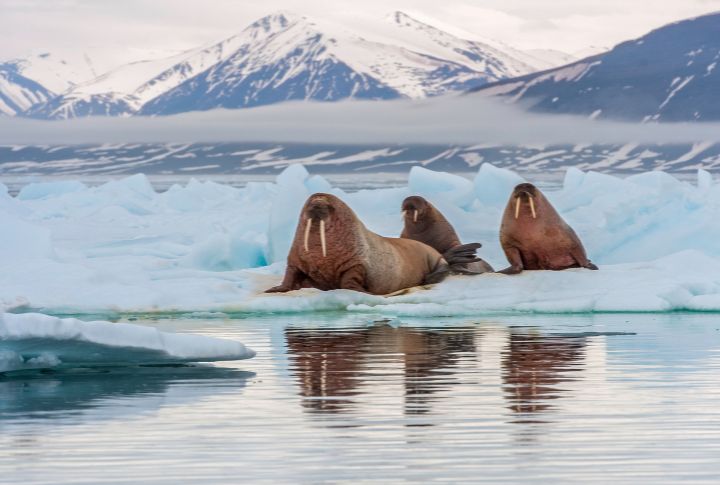
The walrus is a familiar sight in the Arctic with its comical mustache and hefty body. But beneath that blubbery exterior lies a fascinating creature with surprising adaptations and social behaviors. Dive deeper than ever as we explore 15 incredible facts about walruses, revealing the secrets of these tusked giants and their icy world.
Size

Often hailed as giants of the Arctic, walruses command attention with their sheer size. These marine mammals have an impressive physique, with adult males typically weighing between 1,700 to 3,700 kilograms and measuring up to 3.6 meters in length. Though slightly smaller, female walruses are substantial, with weights averaging around 800 to 1,700 kilograms.
Lifespan
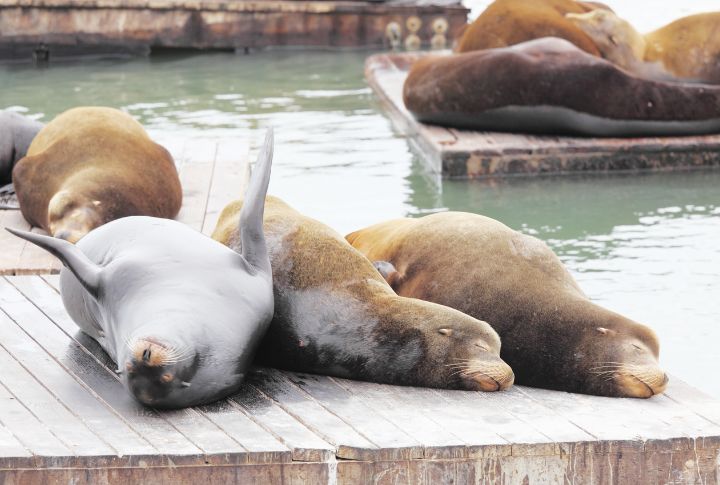
In the wild, walruses typically live for 40 to 50 years. Habitat conditions, food availability, and predation can influence their lifespan. Females tend to survive slightly longer than males. However, walruses have been known to live longer in captivity as they have continued access to food and medical care.
Types
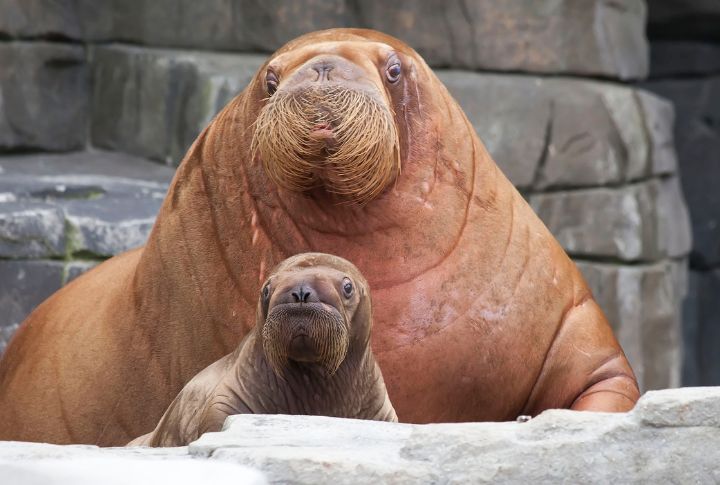
There are two main types of walruses: the Pacific walrus and the Atlantic walrus. Pacific walruses are found in the North Pacific Ocean, primarily in the Bering and Chukchi Seas. In contrast, Atlantic walruses inhabit the waters of the North Atlantic Ocean, particularly around the coasts of Greenland and the Canadian Arctic. The subspecies have slight differences in appearance and behavior.
Tusk
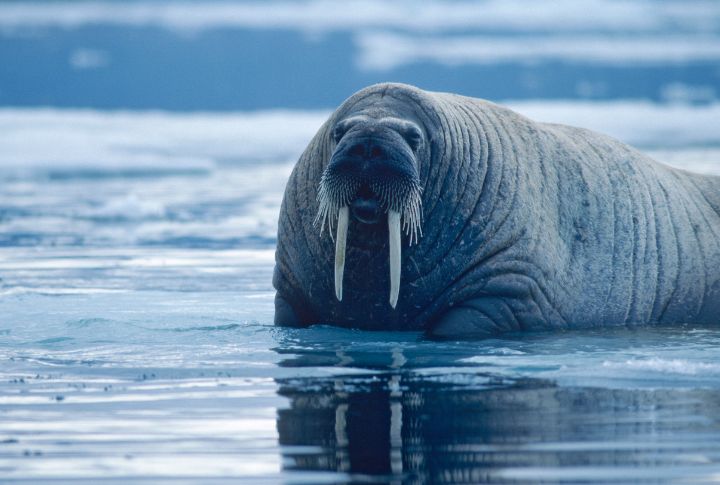
Their elongated tusks are enlarged canine teeth. These formidable ivory structures can grow up to three feet long and are used for foraging, defense, and communication. Contrary to popular belief, male and female walruses possess tusks, although males are typically more extensive and formidable.
Genus
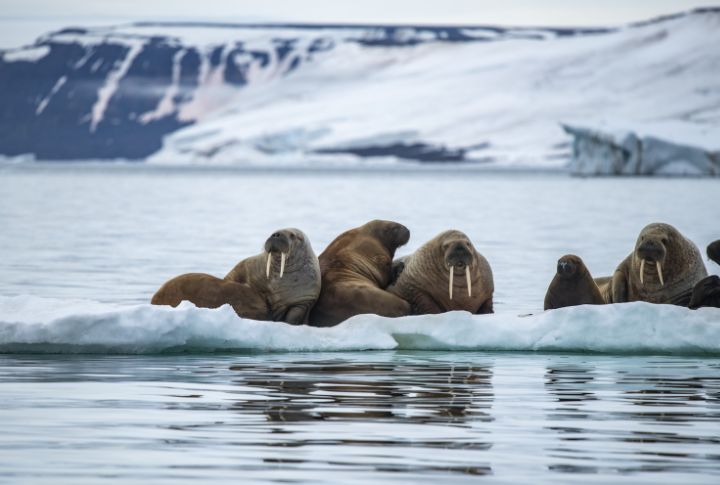
These creatures might seem like solitary giants of the Arctic, but they’re part of a surprising group: pinnipeds! This word means “fin-footed” and includes animals like seals and sea lions. Despite their different appearances, walruses share a common ancestor with these flippered friends, allowing them to steer through land and water.
Skin
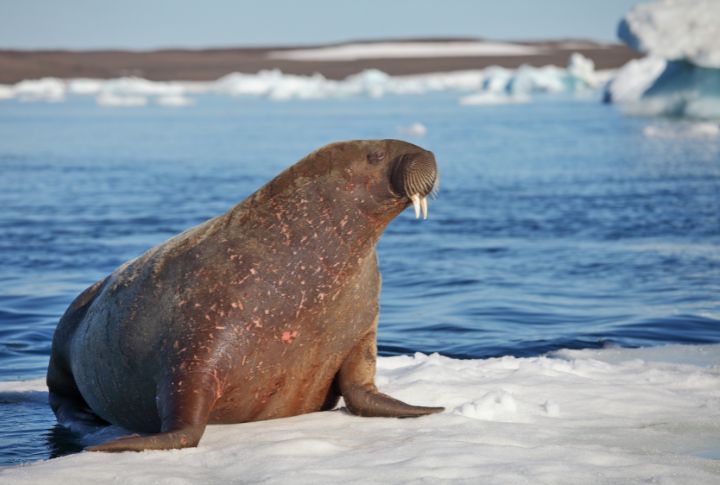
Blubber, a thick layer beneath their wrinkled skin, provides insulation against the extreme cold of their icy environment. This blubber layer also serves as a vital energy reserve during fasting or migration, enabling walruses to maintain their body temperature and buoyancy in frigid waters. Without this essential adaptation, these mammals would struggle to survive in the harsh Arctic climate.
Whiskers
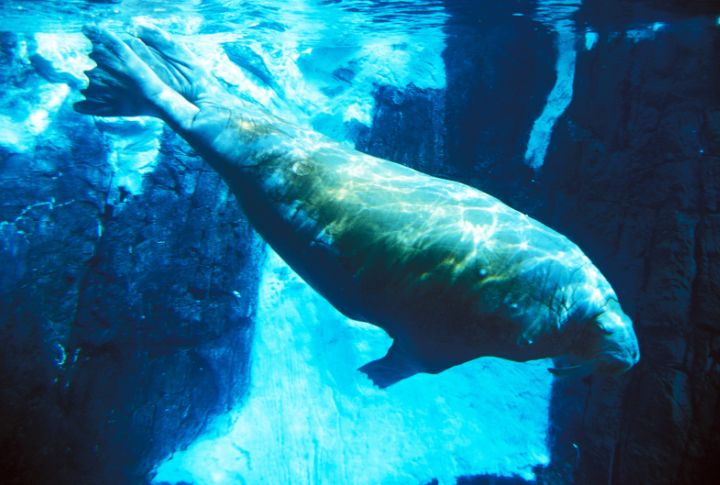
One of the most distinctive features of these sea animals is their impressive array of facial vibrissae or whiskers. These sensitive tactile hairs are vital in helping them detect prey and precisely explore murky waters and their surroundings. Each vibrissa is richly innervated, providing them with an acute sense of touch essential for their survival in the Arctic environment.
Food
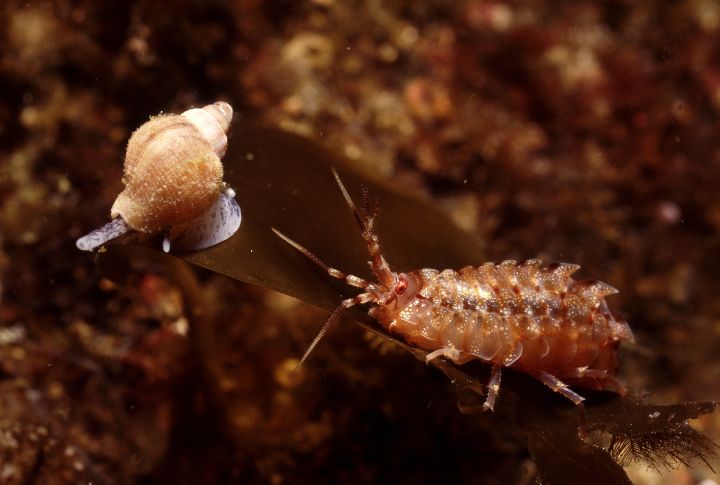
As benthic foragers, they feed on bottom-dwelling organisms such as clams, snails, and worms. As discussed, using their sensitive vibrissae, they locate prey buried in the sediment and use their powerful suction abilities to extract them from their hiding places. This highly efficient feeding strategy allows them to obtain the nutrients they need to thrive in their icy realm.
Sound
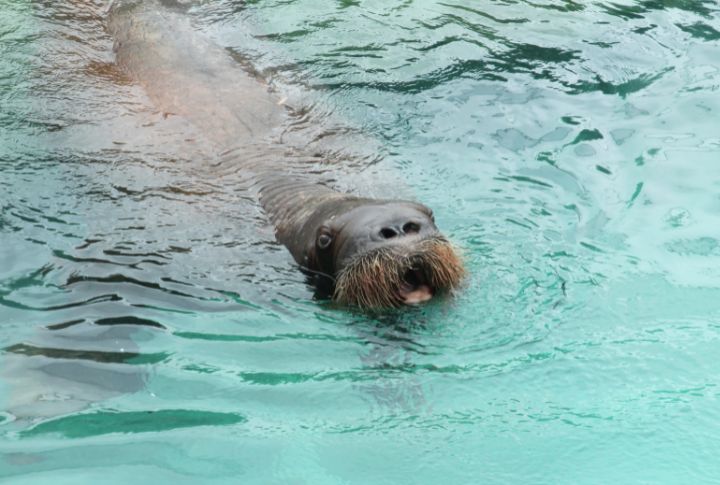
While they are predominantly silent underwater, they are surprisingly vocal on land. They communicate through sounds, including bell-like calls, grunts, and roars. These vocalizations serve various purposes, from maintaining social bonds to warning of potential threats. Researchers continue to study walrus vocalizations to decipher their complex communication patterns.
Social Animals
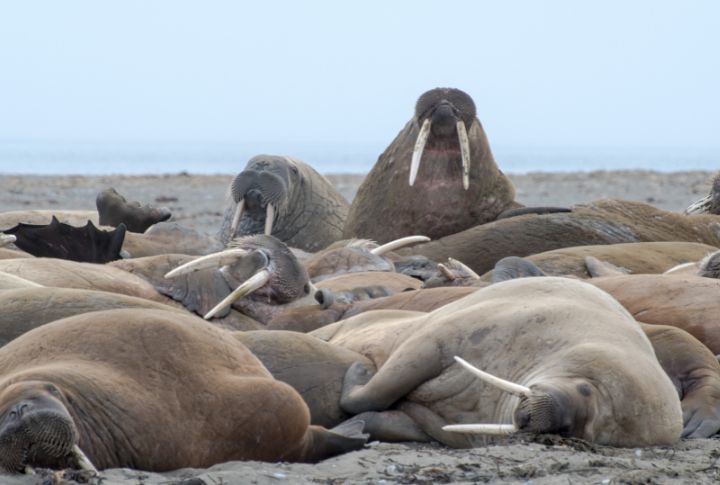
Enjoying the company of others in their community, they often gather in large groups called haulouts, including hundreds or thousands of individuals. These gatherings allow walruses to interact, communicate, and form bonds with one another. During haulouts, walruses engage in activities such as resting, sunbathing, and grooming, reinforcing social connections within the group.
Childbirth And Care
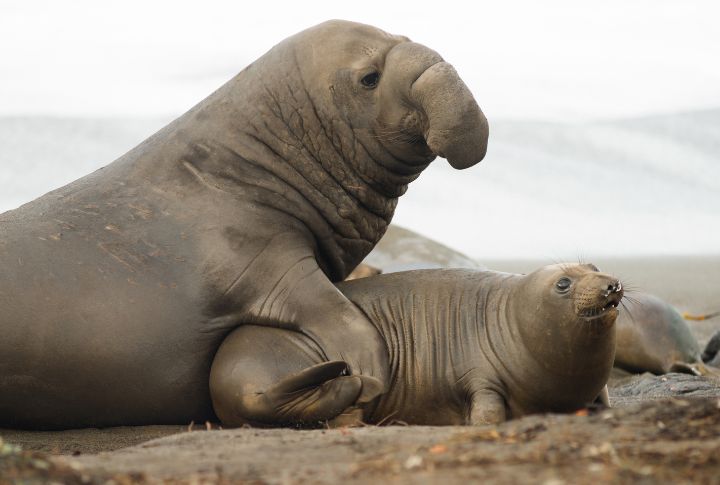
Females exhibit remarkable maternal care, forming tight-knit bonds with their calves from birth. After a 15-month gestation, females give birth to single calves on sea ice or coastal beaches. Their mothers nurture these calves for up to two years while teaching them essential survival skills, including swimming and foraging techniques.
Sleep Patterns

These marine creatures engage in strenuous activities such as swimming, diving, and manipulating ice chunks. Consequently, they can nap in various locations when recharging, even while floating in water. Research into the sleeping habits of walruses in captivity uncovered that they could sleep while lying on the pool’s floor, leaning against its side, or simply floating at the surface.
Habitat
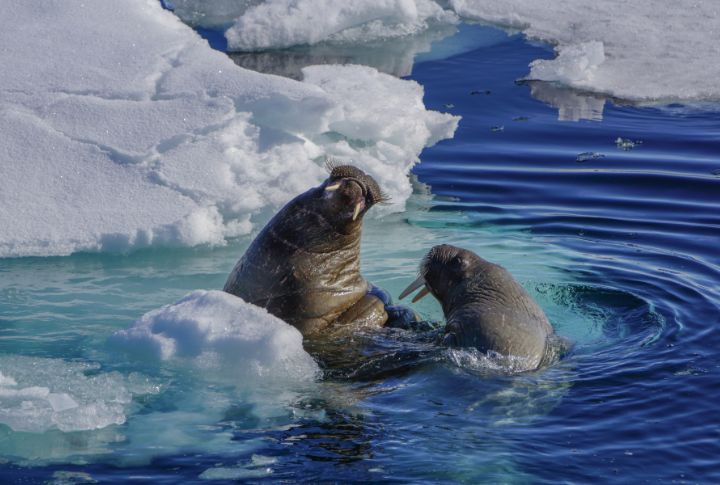
The ideal habitat for them is the Arctic region’s cold, icy waters, and they prefer areas with floating sea ice. Additionally, they rely on access to shallow continental shelves for feeding, where they can dive to the seafloor to hunt for prey. These mammals also require spaces with minimal human disturbance and pollution to thrive.
Underwater Survival

Compared to land animals of similar size, walruses possess two to three times more blood volume. This feature enables them to dive for extended periods in icy waters, storing ample oxygen in their blood and muscles for prolonged underwater foraging. Interestingly, they can lower their heart rate while submerged, helping them regulate body temperature and conserve energy in chilly environments.
Vulnerable Species
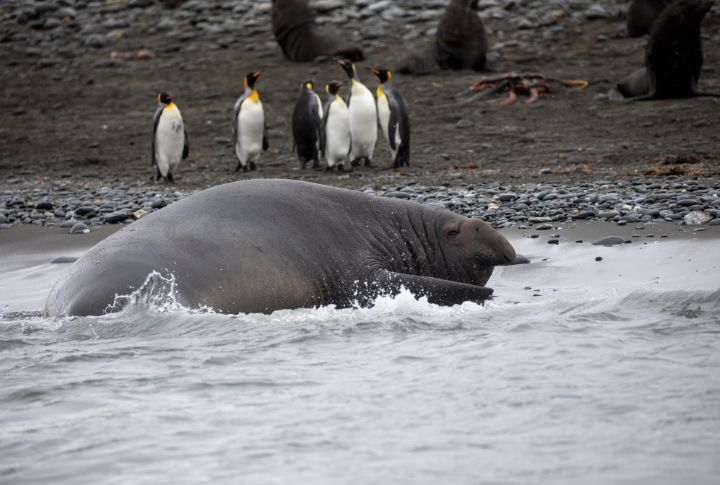
One significant challenge they face is habitat loss caused by climate change, which leads to the melting of sea ice essential for their resting and feeding. Activities including oil exploration and shipping also threaten walruses through habitat disturbance and pollution. Additionally, overhunting in the past has depleted walrus populations, although hunting regulations have helped mitigate this threat.

Comments
Loading…